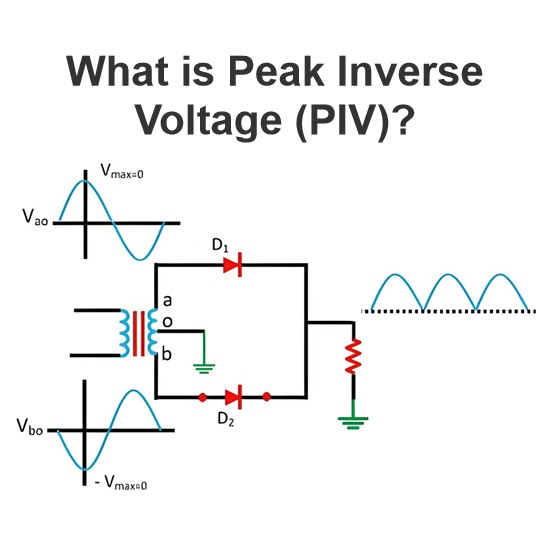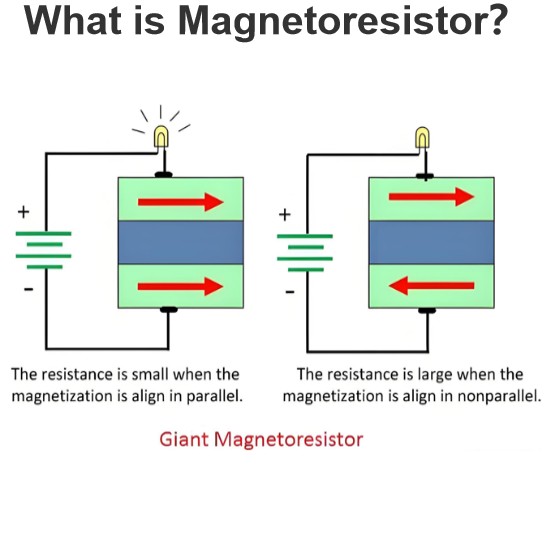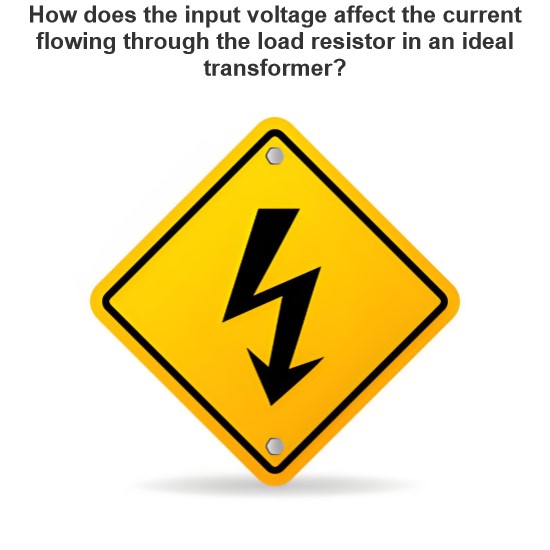No current flows through the wire. Whether a current is generated
If no current is flowing through the wire, then by definition there is no current in the wire. Current refers to the directional movement of electric charge, usually measured in amperes (A). When there is no current, it means that no charge is moving in a directional direction in the wire, so the strength of the current in the wire is zero.
Why do you sometimes feel electricity?
However, in practical applications, sometimes even if there is no current flowing through the wire, people may feel the so-called "current", or there are some phenomena that appear to have current. This situation is usually caused by the following reasons:
Electrostatic induction
When a charged object approaches an ungrounded wire, it will cause electrostatic induction in the wire. At this point, the free electrons in the wire will be affected by the charged object and move, but this is not a true current, but a phenomenon of charge redistribution.Intensity: Electrostatic induction does not usually cause very strong charge movement, and this phenomenon will soon disappear unless the charged object remains nearby at all times.
Electrostatic accumulation
If the wire is not grounded and exposed to air, it may accumulate electrostatic charge. This accumulation of electrostatic charge is usually due to friction, the action of an electric field, or the proximity of another object.Intensity: The amount of charge generated by the accumulation of static electricity is usually small, but in some cases, an electric shock may be felt when the static electricity is released.
Electromagnetic induction
In the presence of an alternating magnetic field, an induced current may be generated in the wire due to electromagnetic induction, even if the wire itself has no current. This is the result of Faraday's law of electromagnetic induction.Strength: The strength of the current generated by electromagnetic induction depends on factors such as the rate of change of the magnetic field and the length and shape of the wire.
Misjudgment or delusion
Sometimes, people may think that there is current in the wire because of misunderstanding or illusion. For example, when you touch an object with static electricity and then touch a wire, you may mistakenly think that there is current in the wire.Strength: This is not a real current, so there is no specific strength value.
Conclusion
In the case of no current flowing through the wire, there is theoretically no current in the wire. However, sometimes due to electrostatic induction, electrostatic accumulation or electromagnetic induction, there may be some phenomena that appear to have current. These phenomena are usually different from the real current, and the intensity of the generated charge or induced current is generally not very large.
The Electricity Encyclopedia is dedicated to accelerating the dissemination and application of electricity knowledge and adding impetus to the development and innovation of the electricity industry.













